Stories We Tell
April 18, 2022
Visiting Katsura Imperial Villa 1
Author: Yukari Matsumoto
Reading time:5min
Hi there.
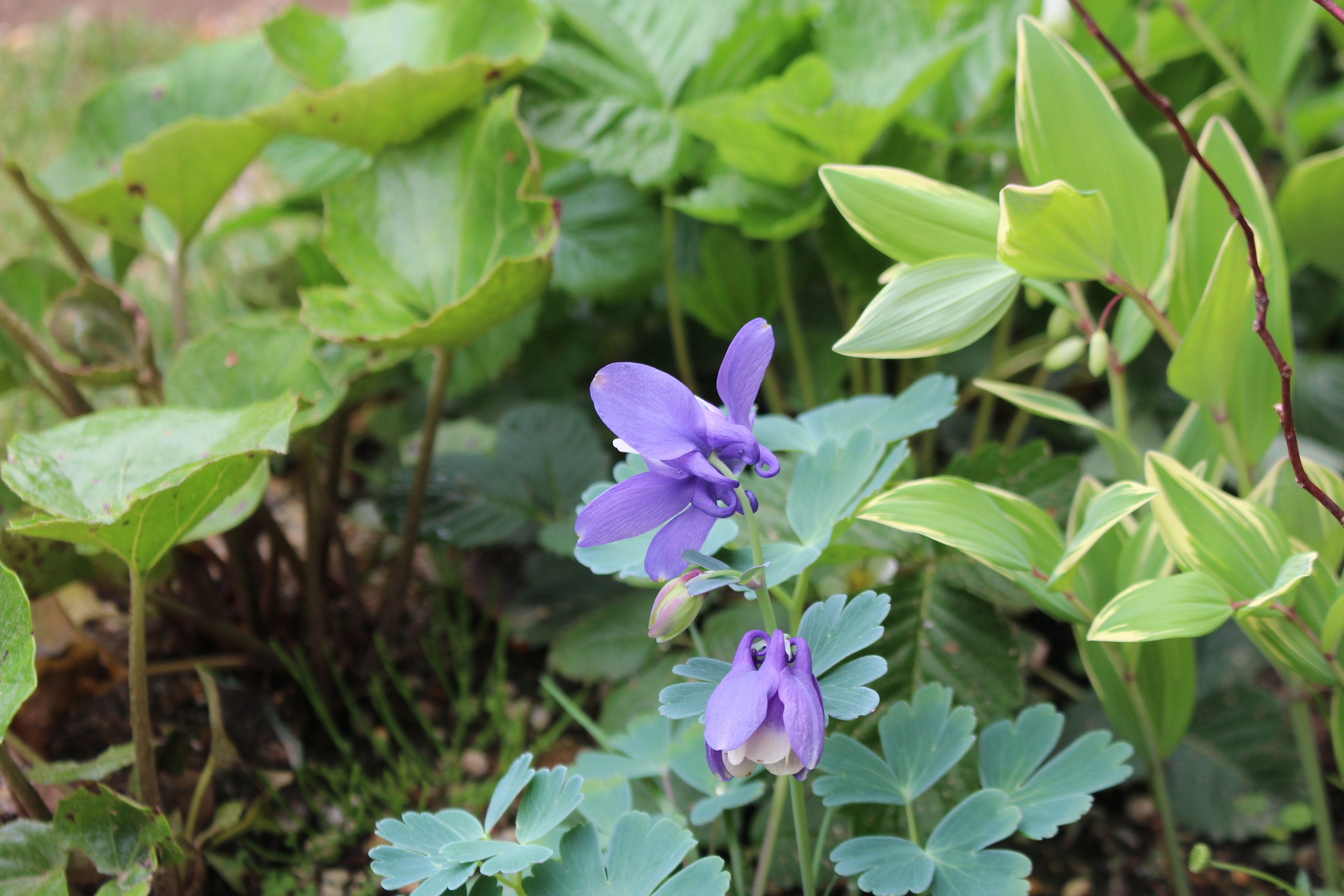
I’ve been finding the breath of spring everywhere. Spring has also arrived in our customer’s garden, as colorful flowers have started blooming. Columbine flowers have finally bloomed and looked lovely. The temperature has been gradually going up recently, so make sure to keep your garden hydrated.
The Long-Awaited Day; Visiting Katsura Imperial Villa
Some young staff members visited Katsura Imperial Villa, located in Katsura, Nishikyo-Ku, Kyoto, with the chairman last weekend. The chairman had once been involved in the garden making at Katsura Imperial Villa, and he explained the techniques found in the garden based on his experiences at this time.
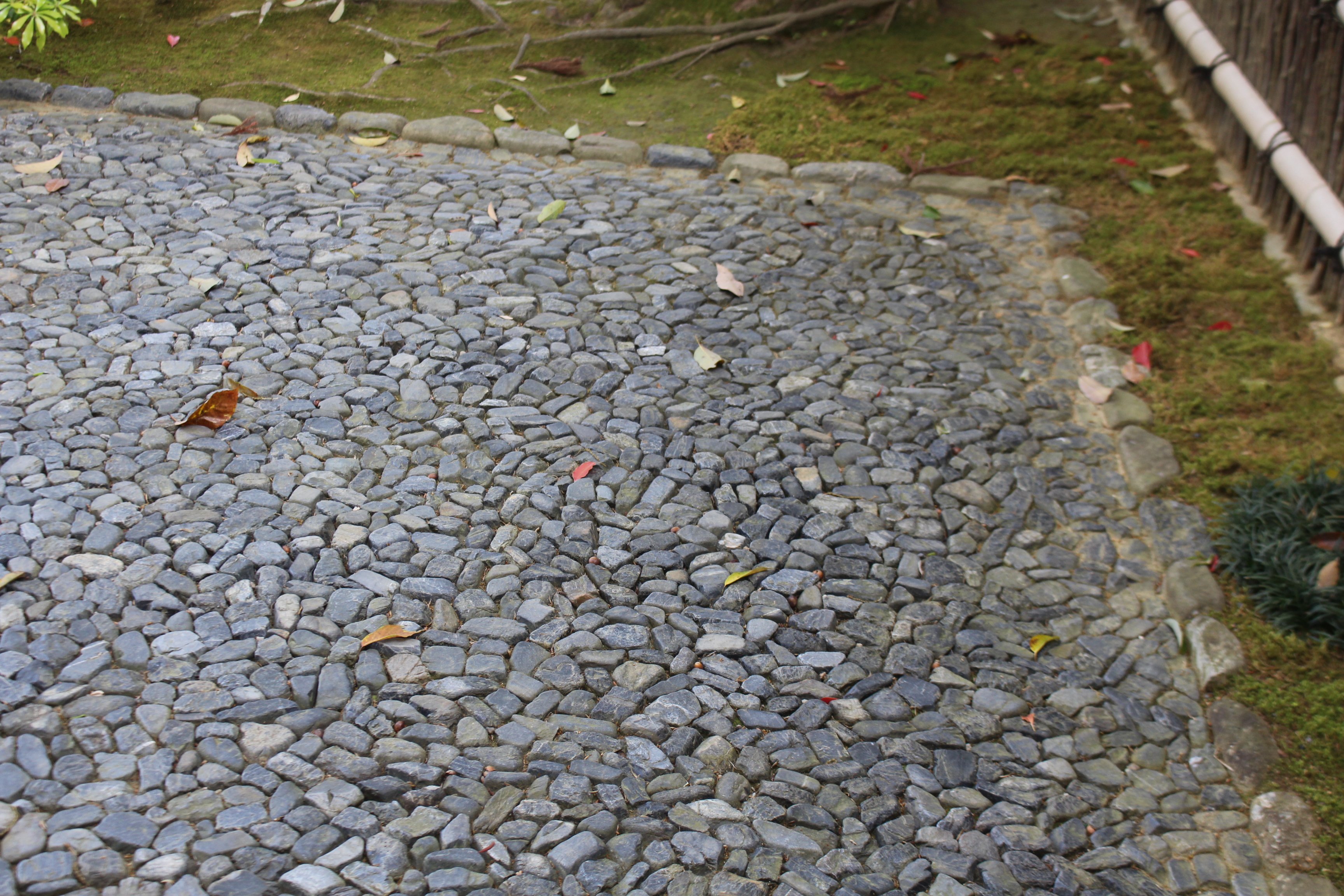
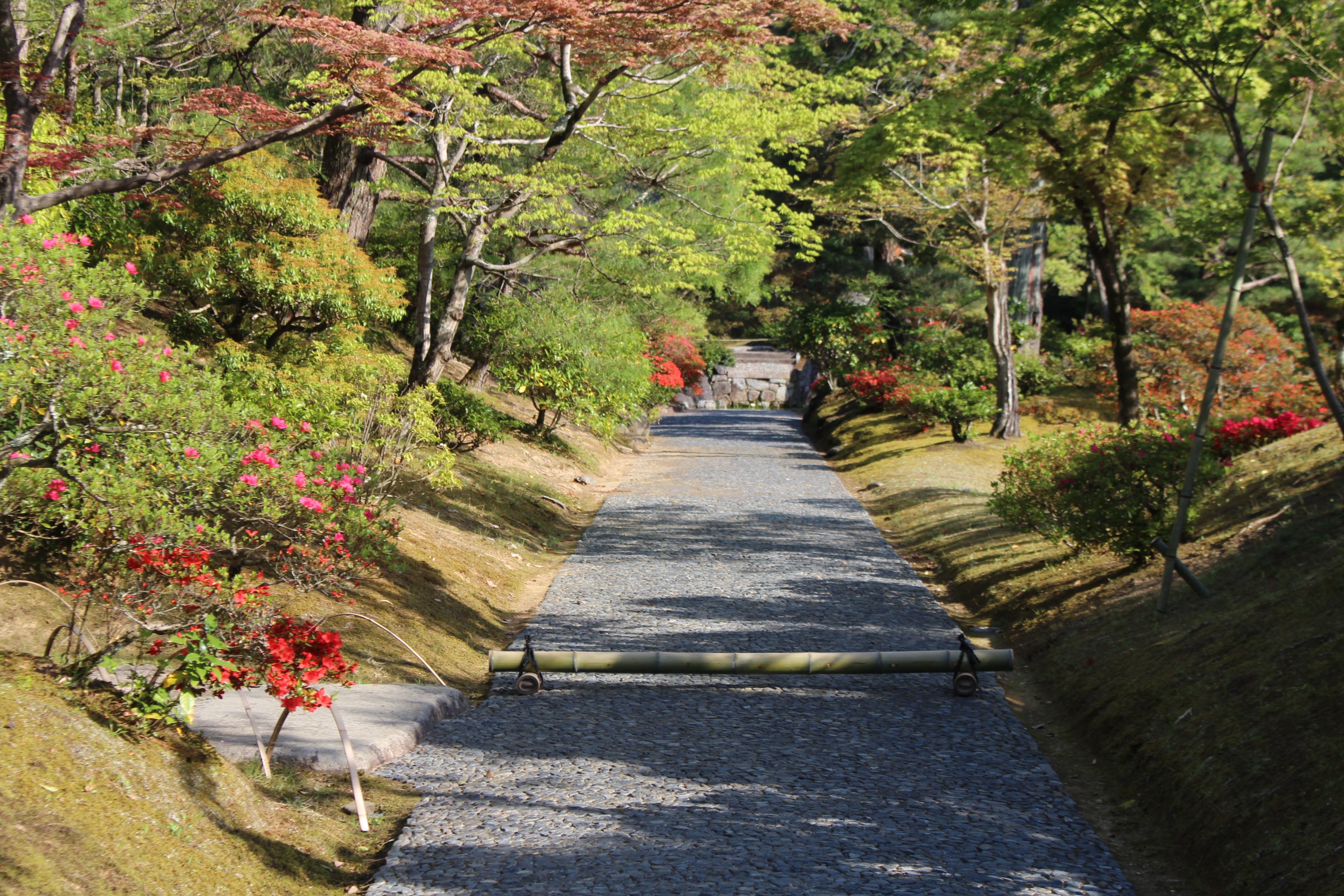
As soon as I entered the garden, I immediately saw a pathway of “ararekoboshi-霰零し-” (scattered hailstone pavement). The river stones from the Katsura river are skillfully combined one by one to form a long path. Although we also construct that pavement, we have never done it on such a large area. It is truly mind-boggling to think how much time and effort artisans spent to create them back then when there was no cement. And the pathway was so well designed. The stones are placed vertically to increase the area buried in the ground, preventing them from being easily removed. Also, the center of the pathway is slightly elevated, which was designed to solve drainage issues.
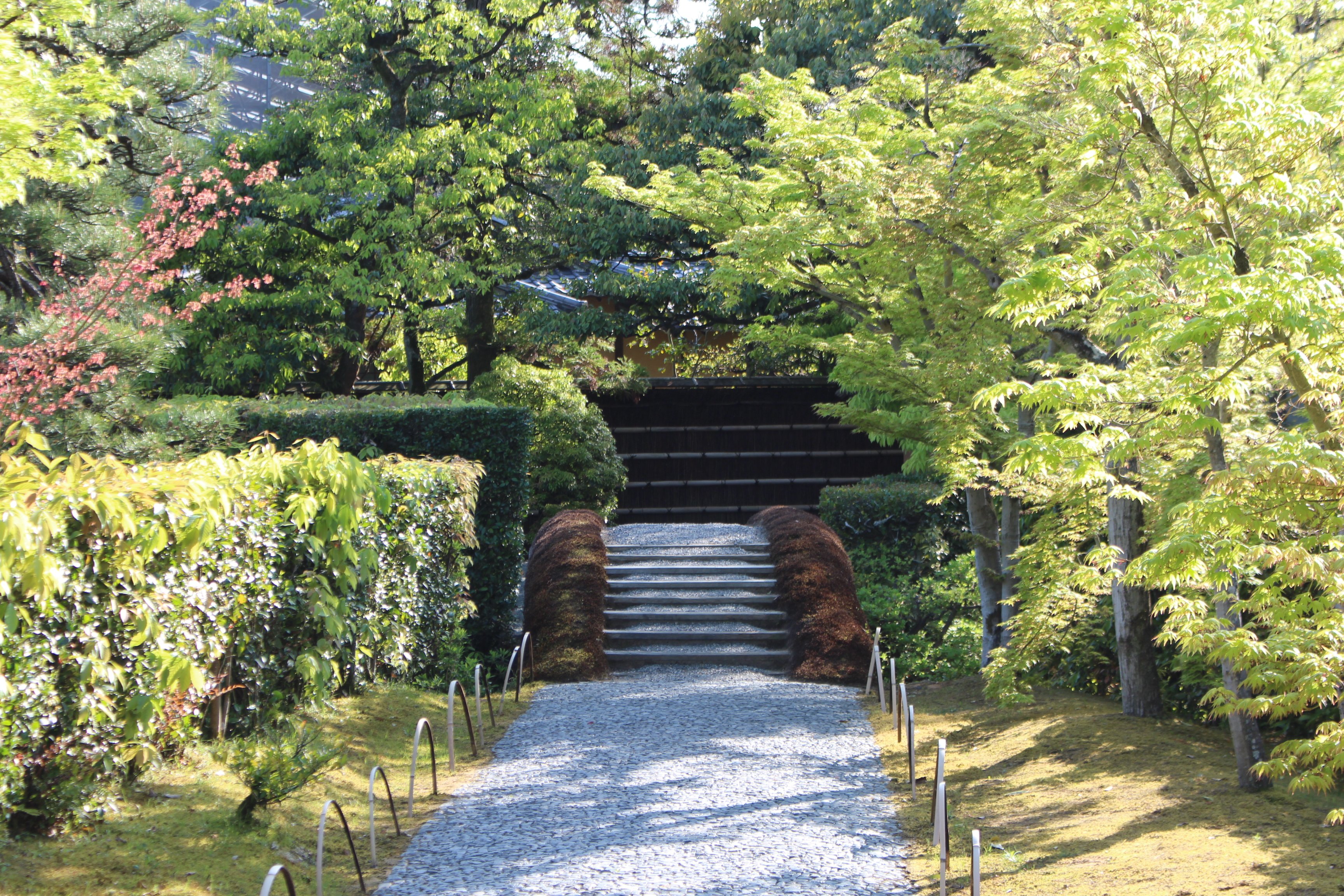
Several earthen bridges in the garden were covered with earth on both sides, and mosses were growing on them. By doing so, I assume that they wanted the bridges to be a part of nature rather than an artificial object. The bridge had a beautiful arch shape, and when I looked at it from the pond, it looked like a moss-covered mountain. In the season of fresh green, you can see the mossy bridge here.
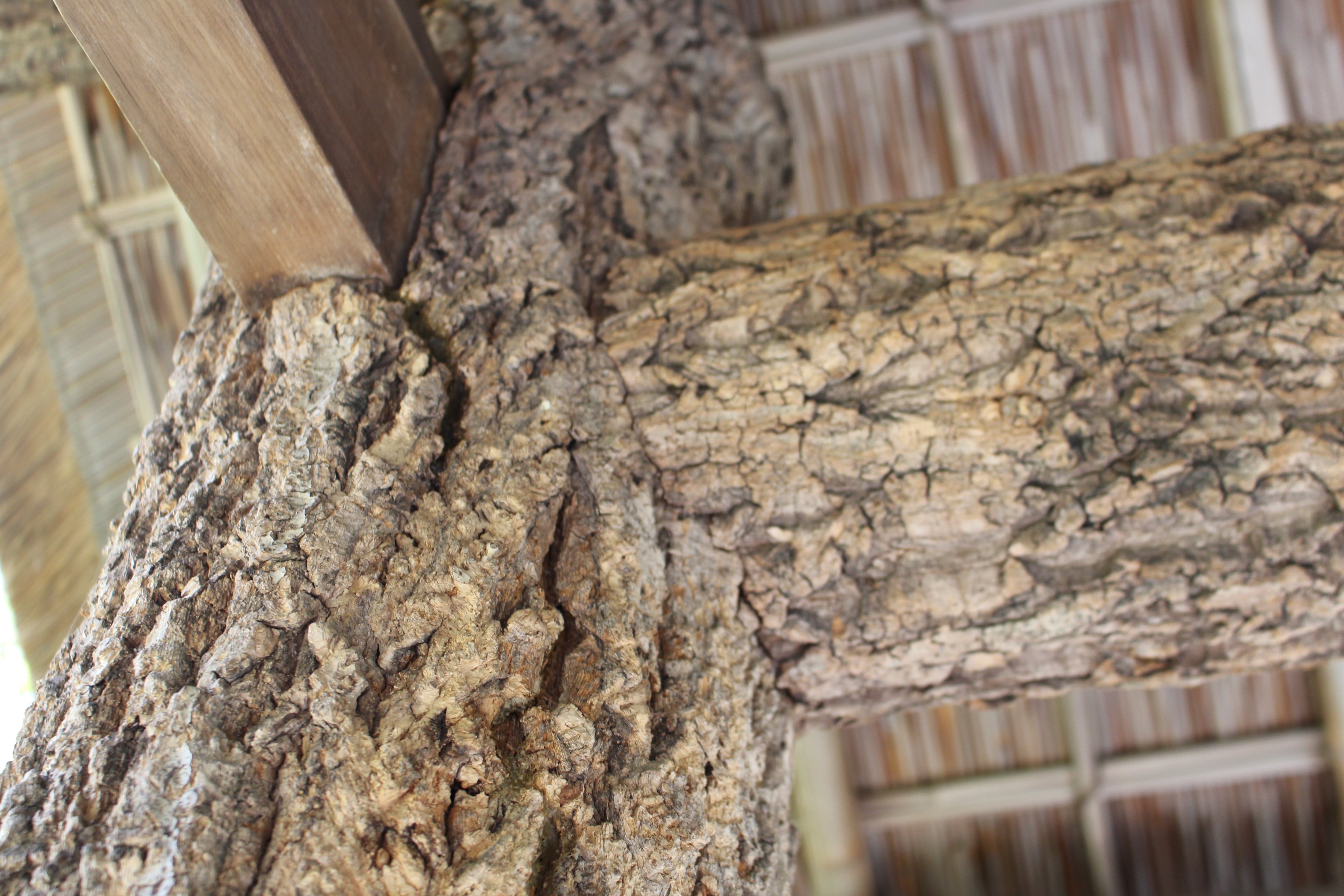
What surprised me most was a special gate called “Miyukimon-御幸門-”. The part in this photo is a pillar made of a Chinese cork oak log with bark, which is very rare. As you can see, the joints on this pillar are cut to match the uneven surface of the bark, creating a natural joint. It is an unnoticeable part, but when I saw it, immediately, one phrase came into my mind; “God is in the details.” It would be easy to join two smooth surfaces together, but the artisans dared to leave rough bark as it is, which is beautiful. This kind of uncompromising attitude that commits to the smallest detail is what we must have as artisans today. I believe that these fine techniques in every detail are what make Katsura Imperial Villa the most beautiful Japanese garden.
As you can probably tell from the "1" in the title, I will continue in the next post...! There was a lot to see in the garden and I couldn’t write all at once. See you next time.
There are some details that cannot be conveyed on our website. If you have any questions, please do not hesitate to contact us by phone, email or on line. A member of our team will be in touch to discuss your requirements and answer any questions you may have.
077-579-1128
info@oomiteien.com
LINE: @oomiteien